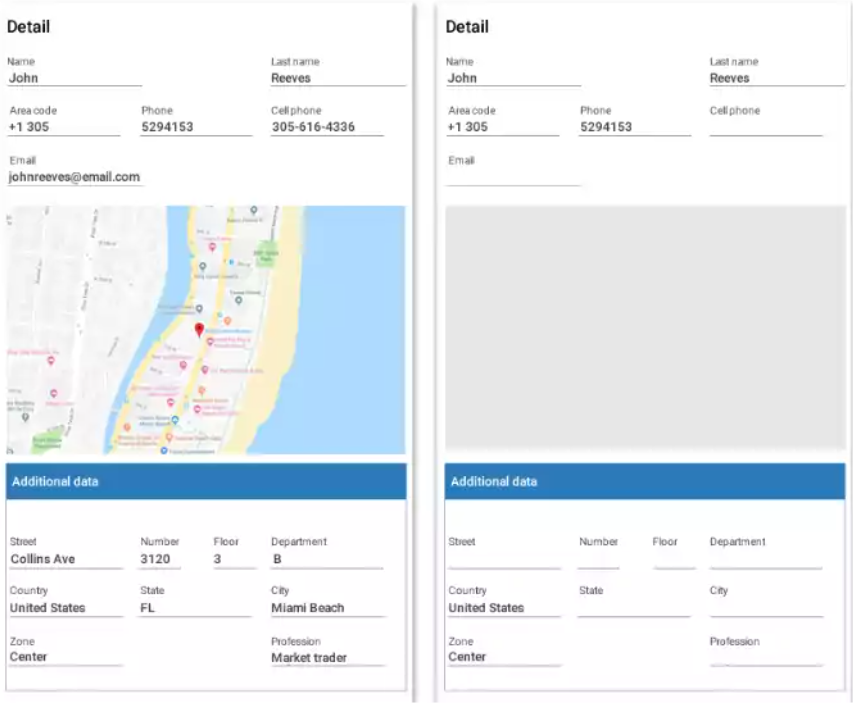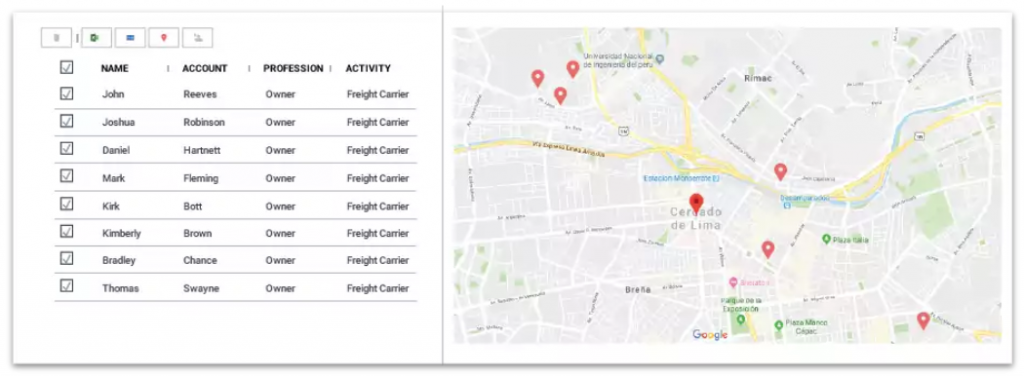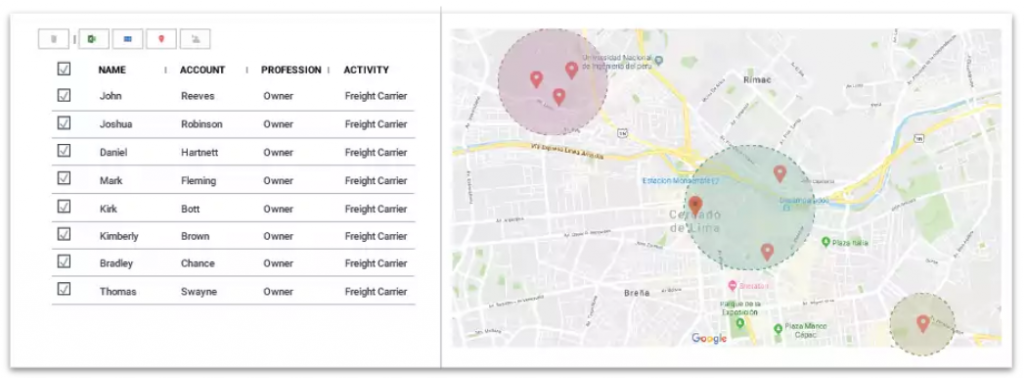Geolocation has been used as part of sales strategies for some time. This feature of modern CRMs allows you to quickly build sales routes to maximize each salesperson’s time. With a few clicks, a sales supervisor can detect who is the right salesperson for each route and how to efficiently organize customer groups by region.
But how to create a sales strategy based on geolocation?
Have the Necessary Information
If the sales team does not have the habit of collecting key information from each potential customer, it is difficult to implement this or any similar marketing strategy. Each contact should generate data that can be used in our sales process. In the case of geolocation, it is essential to have the exact address of each customer to be able to graph the visit route.
In the case of agricultural customers it is even more important to have correctly identified each customer’s farmland on a map, ideally by entering latitude and longitude in the CRM. If we visit the customer, we can simply add their “current location” to the CRM.

Generate a Geolocation Report
The sales supervisor can use the CRM to find out where each potential client is located.For example, the following image shows a Tracker CRM report that shows transportation company managers from the city of Lima to offer them units to replace their fleets.

Organize Effective Routes
With this information, the sales supervisor only has to group the leads and opportunities by geographical area and assign them to the salesperson who will contact or visit them to offer units based on the data collected in the CRM. Sales staff will be more efficient and can maximize the number of visits per trip.
The geolocation customer data in your CRM database can be combined in many ways to create successful campaigns. For example, if we hold an event at a certain location, this data can let us see all nearby customers and sales opportunities so we can invite them.



